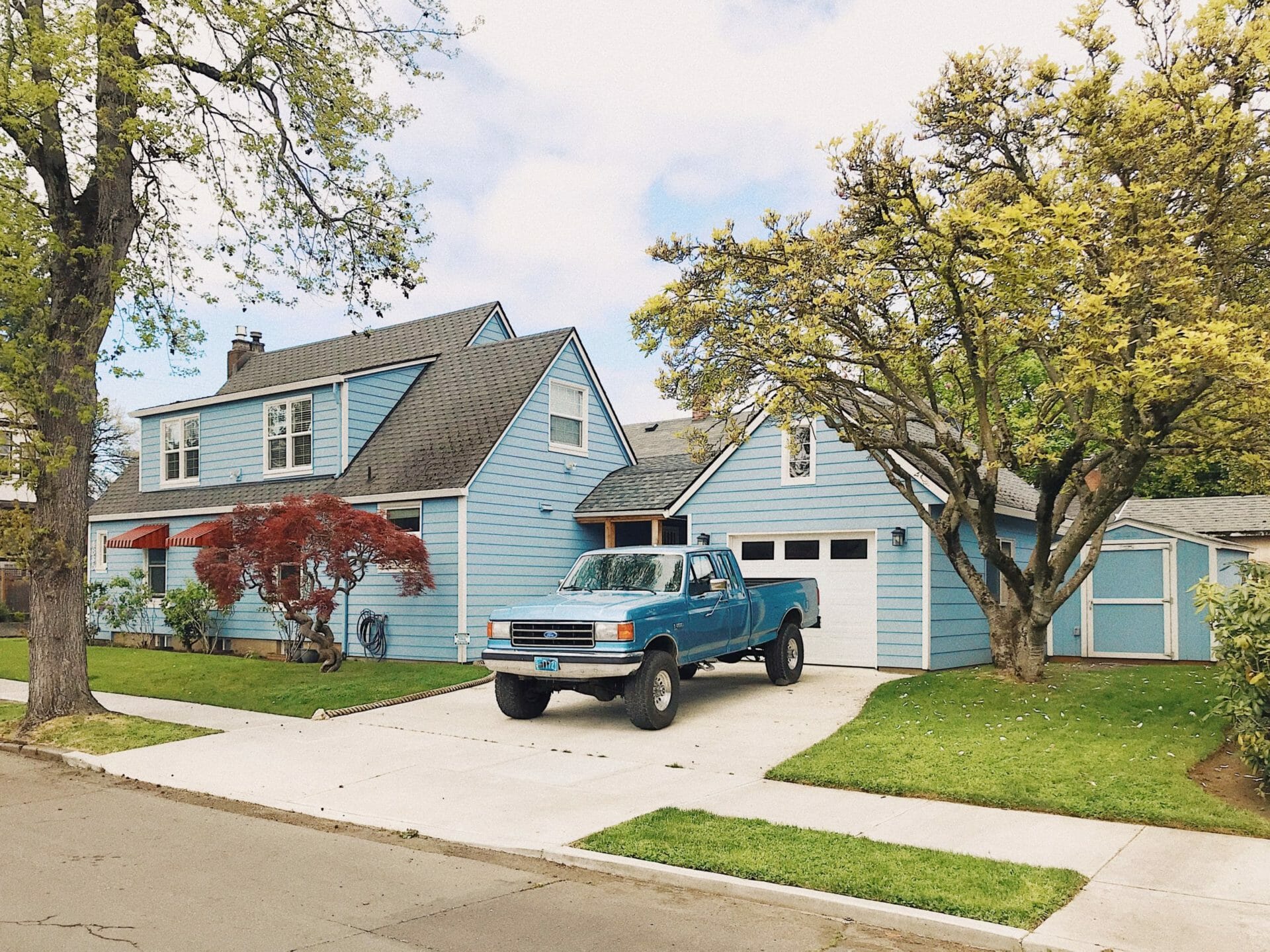Have you ever wondered where HOA rules come from, or why the rules exist in the first place? This article will address those and similar questions below.
Download our free CC&Rs template
An association’s rules are written in a legally binding document called the Declaration of Covenants, Conditions, and Restrictions (or the CC&Rs). At its simplest, the CC&Rs describe the requirements and limitations of what developers and owners can do with the property. CC&Rs are designed to protect, preserve, and enhance property values for the community.
An overview of CC&Rs
CC&Rs are created by the developer who builds the HOA. That’s why every set of CC&Rs is a little bit different. Before owners take over the association, it is the developer who is responsible for running and regulating the HOA; the CC&Rs help ensure there is order and consistency as the community transforms and comes to life.
Developers will produce CC&Rs that they believe will serve the community’s best interests. However, it’s not easy to write rules for a new community. Unique issues do arise, and changes will occur over time.
The CC&Rs created by the developer may not address everything. Fortunately, associations do have the authority to formally amend and restate their CC&Rs to:
- Reflect changes in the law,
- To address circumstances that have not been considered by the current rules, or
- To modify the rights and obligations of the HOA and HOA members.
The CC&Rs even outline the processes and procedures that community members must follow to change the recorded declaration.
The CC&Rs contain a legal description of the common interest development and a statement that the common interest development is a community or condominium project, planned development, or stock cooperative. They must include the name of the association and the restrictions on the use or enjoyment of property.
Unlike bylaws–which explain how the association should be operated and governed on a day-to-day basis–CC&Rs handle overarching matters like:
- Purpose, powers and duties of the association
- Restrictions on the use of property
- Voting rights and procedures
- Maintenance obligations for owners and the association
- Enforcement powers
- Mortgagee provisions
- Assessment obligations
- Liens and collection rights
- Dispute resolution
The CC&Rs are legally binding. The document is filed with the county recorder’s office and made a part of the official real estate records that run with the land that is part of the community.
What does each term mean?
Covenants are kind of like promises. When a buyer makes a home purchase in an HOA, they also make a promise to abide by the governing documents and pay their assessments. This promise is imposed on the HOA member as an equitable servitude that runs with the property.
Conditions represent what will happen provided a certain action does or does not take place. There aren’t many true conditions in a set of CC&Rs, but paying assessments is a good example. Owners can live in the development on the condition that dues or fees are paid on time. Failure to pay dues can result in the loss of ownership of their home.
Restrictions are limitations that prevent owners from doing certain things with or on their property. Restrictions may include limits on the number and kinds of animals an owner may keep, or rules on the alterations owners can make to their home. The purpose of restrictions is to maintain property values and uniformity within the development. Restrictions found in the CC&Rs maintain a very strong presumption of validity because each HOA member purchases their home knowing of and accepting the restrictions to be imposed.
Expiration date
CC&Rs can be changed once the developer turns the community over to owners, but the rules may also have a declared term of existence. There are usually limits on how long the CC&Rs can be enforced without being renewed or amended, depending on what state laws and the CC&Rs dictate. Two or three decades is usually the limit.
After that “expiration date,” association members would typically vote to renew or terminate the covenants. If neither action is taken, the CC&Rs would no longer be considered valid or enforceable. As such, the board must keep track of the CC&Rs’ renewal date.
Common CC&R restrictions and requirements
CC&Rs typically include instructions on:
Use restrictions and maintenance requirements
Rules under this category may address an owner’s ability to rent out their home, include prohibitions of commercial and/or recreational vehicles, and place strict limitations on what an owner can do to the exterior of their property.

This section should also clearly spell out any responsibilities the owner must abide by in order to maintain their property (removing weeds, properly storing trash cans, etc.).
Construction and design restrictions
There are typically minimum and maximum square footage requirements, set back requirements, and sometimes even rules that govern what type of construction materials must be used for a home in an HOA. This is to ensure consistency and fairness. Most HOAs have design approval or architectural requirements that oblige owners to gain the approval of construction plans before they start a new project. In most cases, there are also rules about landscaping, removing trees, and adding features like gazebos, decks and pools.
Maintenance fees
The CC&Rs give an HOA board the power to charge members for community maintenance fees. Dues may cover landscaping, snow removal, electricity, water, insurance, and legal fees, depending on the rules.
If members do not pay these fees, the association has certain powers it can use to collect them. Most often, the collection process begins with written correspondence from the association.
If the problem cannot be resolved internally, the HOA may end up taking the owner to court. If a judge grants judgment to the association, it may collect unpaid fees and related costs via wage garnishment or bank levies. The association may also be able to foreclose on the property, depending on state laws and governing documents.
Noise, nuisances and pets
Noise, noxious odors and other nuisances are usually addressed, though HOAs often create their own rules to complement whatever is stated in the CC&Rs. The rules will have more specific and detailed wording than the CC&Rs.
Owners may be required to prevent the development of unclean, unhealthy, unsightly or unkept conditions on their property. Members are prohibited from making noise that might or will disturb the peace, quiet, safety, comfort or security of the occupants of the surrounding property; this includes using speakers, horns, whistles, sirens, bells, etc.
The CC&Rs will have explicit instructions on types of pets that owners cannot keep on the property. Potbelly pigs and chickens are good examples. They may also require pets to be on leashes at all times when they are not in the owner’s home or enclosed backyard.
Enforcement
CC&Rs are enforceable unless they are unreasonable. For example, asking owners to keep their grass at precisely 3 inches would be highly unreasonable. There are fines and other violations that can be imposed on an owner or tenant for breaking the rules.
If an owner refuses to follow a rule or fix a problem, the HOA can hire someone to perform work if necessary and send the owner the bill. Should the board find itself in a “worst-case” scenario, it can ask a judge to help it resolve the issue. Courts will enforce an association’s CC&Rs unless they are arbitrary, unreasonable, violate a fundamental public policy, or impose a burden that clearly outweighs any benefit.
Taking a dispute before a judge should never be the first option as it is a costly and time-consuming process. Nevertheless, court may be necessary in rare circumstances since the board and association have an obligation to ensure everyone follows all governing documents.
An HOA cannot enforce CC&Rs that would violate or contradict county, state or federal laws. Enforcement must be done in good faith, in line with what the document prescribes, and by procedures that are fair and uniformly applied.
Both the association and members have the right to enforce the CC&Rs. However, it is the board that is responsible for ensuring CC&Rs are enforced.
Making the CC&Rs available to everyone
Most owners want to follow the rules, but that becomes very difficult if they don’t know what the rules are. Even if an owner reads the CC&Rs when they initially purchased their home, it’s highly unlikely that they will remember every detail by the time they are settled in.
Boards are encouraged to find ways to make the CC&Rs, and other important HOA documents, as accessible as possible. This may mean publishing them on a password-protected portion of your HOA website, printing copies for owners who prefer physical documents, or uploading them on a secure file-sharing platform.
It’s also a good practice to send regular reminders to owners about how and where they can access these documents, and don’t forget to keep the documents up-to-date!
Conclusion
CC&Rs help to ensure all members of a planned community know what they can and cannot do with their property. Furthermore, they work to maintain the value of the homes in the association.
Most CC&Rs “run with the land,” meaning they subject the property–and not the current owners–to the items contained in the CC&Rs. As such, the requirement to follow the CC&Rs passes with the land to the next owners.
CC&Rs can be changed and amended. However, the process isn’t always easy because the items contained in the document are legally binding.


